
Proud of Our People! Konstantin Stanislavski, the Visionary Theater Reformer
/ Главная / Russkiy Mir Foundation / Publications / Proud of Our People! Konstantin Stanislavski, the Visionary Theater ReformerProud of Our People! Konstantin Stanislavski, the Visionary Theater Reformer
Once Stanislavski said, "Theatre begins at the cloakroom," thereby elevating the standards of theatrical art to an incredible level. He was firmly convinced that no minor detail should be seen as unimportant. The Moscow Academic Art Theater established by him emerged as an innovator in the theatricals. Almost all the Hollywood stars were trained according to the Method acting also known as Stanislavski's system.
Talented Entrepreneur
Konstantin Alekseyev (Stanislavski was his stage name) was born to the family of Sergei Alekseyev, a major Moscow manufacturer and captain of the Moscow Merchant Society, on January 17 (N.S.), 1863. There were eight more children in the family besides the actor-to-be and theater founder. His mother was the daughter of a St. Petersburg merchant, owner of Finnish quarries, and a French actress who had come to St. Petersburg on a tour.
The grandmother’s influence could be clearly seen in the family. All the Alekseevs' children developed a passion for theater. They even had their own theater room with a stage in the Lubimovka estate near Moscow. Since they were homeschooled, children had time for home productions. Konstantin Stanislavski took that "damned education" only as an annoying interference with his theatrical passion. Later, in his memoirs, he recalled that the margins of his school notebooks had been filled with mise-en-scenes sketched by him with passion. He used to hide drawings of stage settings from his teacher in the drawers of his desk. His transfer to the gymnasium failed to inspire the young man's love for learning as well. Cramming was something Stanislavski could not stand, which is why he never completed his studies at the gymnasium.
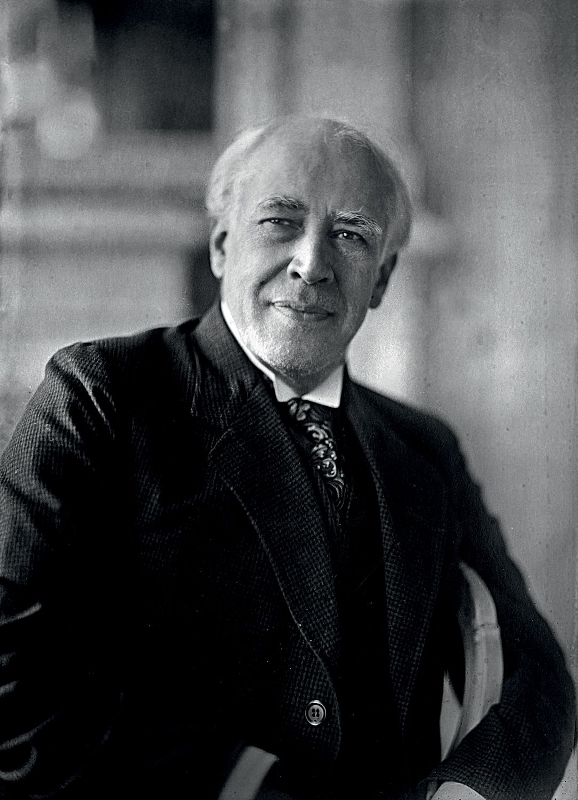
Konstantin Stanislavski. Photo credit: dommeyerholda.ru
Nevertheless, his unfinished schooling did not become an obstacle to his business achievements in his father's company. Konstantin Stanislavski has been generally recognized as a theatrical reformer. Meanwhile, his skills as a business manager and entrepreneur proved to be no less outstanding than his acting talents.
Back then, Stanislavski's father had a factory that produced cannetille, a fine gold wire for embroidering shoulder straps and dress uniforms. The business was not really successful when Konstantin joined the factory. So, the young director started to vigorously improve the production process.
Along with his passion for theater, Konstantin Stanislavski was equally interested in modern scientific discoveries and technological achievements. He traveled abroad to explore the expertise of the best foreign steelworking companies. He purchased advanced equipment with industrial diamonds to manufacture the finest gold wire. Later on, he launched the production of similar equipment at his factory. Thus, Stanislavski's technological intuition contributed to the setting of the first diamond tool shop in Russia in 1894. Consequently, the manufactured golden thread became two to three times thinner, and export of the Alexeyev factory products commenced to India, Turkey, the USA, and China. In 1900, the factory's products were even recognized with Grand Prix at the World's Fair in Paris. Five years later, the management board of the factory headed by Stanislavsky took the decision to set up production of the most advanced wire for electrical works. Konstantin Stanislavski managed the family business until the October Revolution. All his free time was allocated to his other project - the establishment of a new theater in Russia.
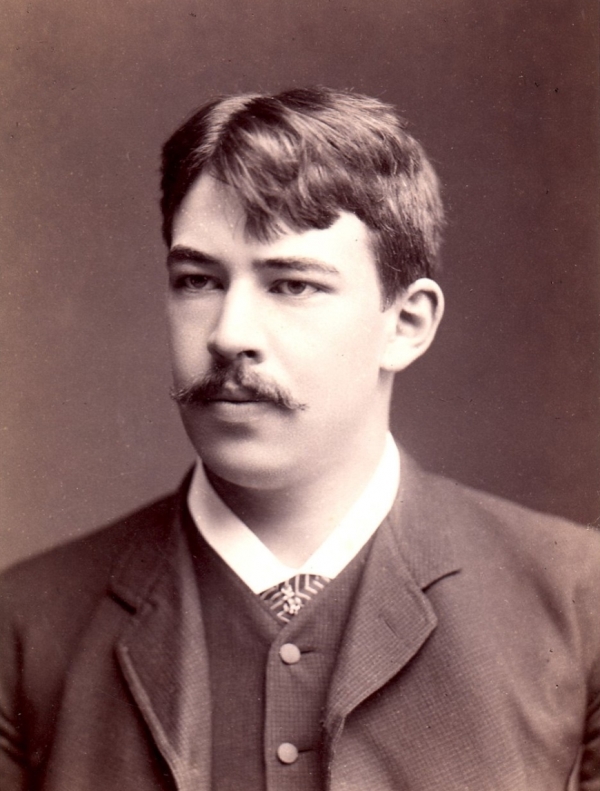
Popular Actor
In the beginning, the successful entrepreneur and factory manager did not tell his parents that he spent his free time taking part in the production of rather low-brow productions "together with some suspicious individuals," as he put it in his memoirs. At that very time, he started using his stage name Stanislavski having taken it from some amateur actor who had retired from the stage. Nevertheless, one day, his secret was blown wide open when Stanislavski saw his father and mother in the front row at a performance. The father of the theater-reformer-to-be chose a wise approach. Instead of criticizing his son for risking his business reputation, he simply advised him to set up a decent theater company and repertoire to avoid "playing all sorts of crap with random people".
Stanislavski invested his personal funds in the establishment of the Moscow Association of Art and Literature. Back then, he met the director Alexander Fedotov and acted in his production of The Gamblers by Nikolai Gogol. Performances of the modern and classical repertoire were staged in a building rented by the Moscow Association of Art and Literature in the heart of Moscow. Konstantin Stanislavski became a very famous and popular actor working on this amateur stage for ten years. Audiences often rated his skills higher than those of professionals on the imperial stage.
In 1897, stage director and teacher Vladimir Nemirovich-Danchenko and the head of a popular amateur theater Konstantin Stanislavski met in Slavyansky Bazar Restaurant, Moscow. That meeting of historical significance for Russian and world theater lasted 18 (!) hours. Konstantin Stanislavsky used to keep an envelope with Mr. Nemirovich-Danchenko's business card containing an invitation to the meeting throughout his lifetime. The envelope featured the inscription, "The famous first sit-down meeting with Nemirovich-Danchenko. The first step in founding a theater."
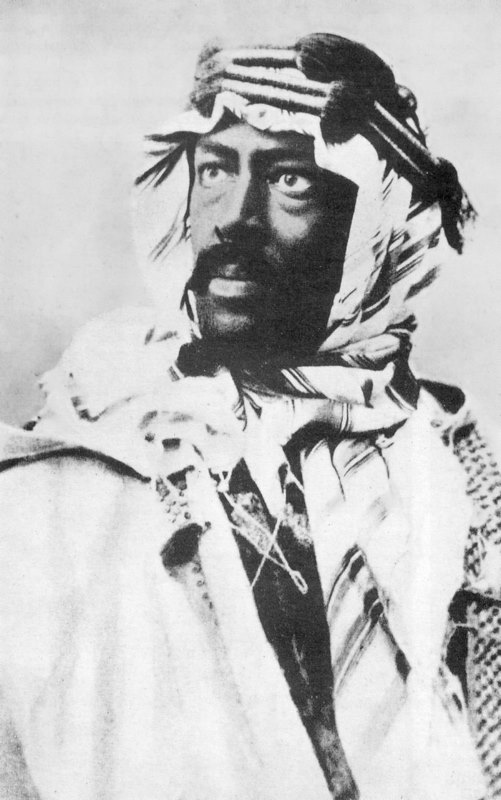
New Theater
Vladimir Nemirovich-Danchenko shared his dream of establishing a fundamentally different theater. He suggested bringing together his students and Stanislavski's team. These two reformers came to an agreement. A year later, the building of the Hermitage Theater in Karetny Ryad hosted the premiere by the new theater company. It was the production of Tsar Fyodor Ioannovich by Alexey K. Tolstoy. Ivan Moskvin, a student of Mr. Nemirovich-Danchenko, acted as the Tsar. Later, he became a prominent Soviet theater actor and director. The audience was delighted with the performance. The stage settings and the directing were new and unusual, and the acting was simple and profound at the same time.
Anton Chekhov, a young playwriter, was one of the main authors of the new theater. Although his The Seagull had failed at the Alexandria Theater, it was met with resounding applause at the Moscow Academic Art Theater. In fact, Stanislavski used to find The Seagull boring and strange at first. However, when Mr. Nemirovich-Danchenko requested him to get involved in the production, he was carried away by Anton Chekhov's profound message. Then Three Sisters, Uncle Vanya, and The Cherry Orchard were staged. They enjoyed unfailing success. Preparing for the role of the inhabitant of the homeless shelter in The Lower Depths by Maxim Gorky, Stanislavski several times visited the homeless shelter at the Khitrov Marketplace. Later he wrote that his main task was to "bring life to the stage, bypassing the routine (which kills this life) and preserving the stage environment at the same time."
“I don’t believe it”
Method acting is well-known throughout the world. Most leading actors train under this system to achieve the utmost conviction in their roles. The system is based on three techniques that comprise acting: performance, representation, and experience. The performance enables a novice actor to master the theatrical skills for expressing particular emotions. The art of representation enables actors to accurately convey feelings without actually feeling them. The art of experience is mastered when the actor grows into the role to such an extent that he or she begins to feel the true experience of his or her character.
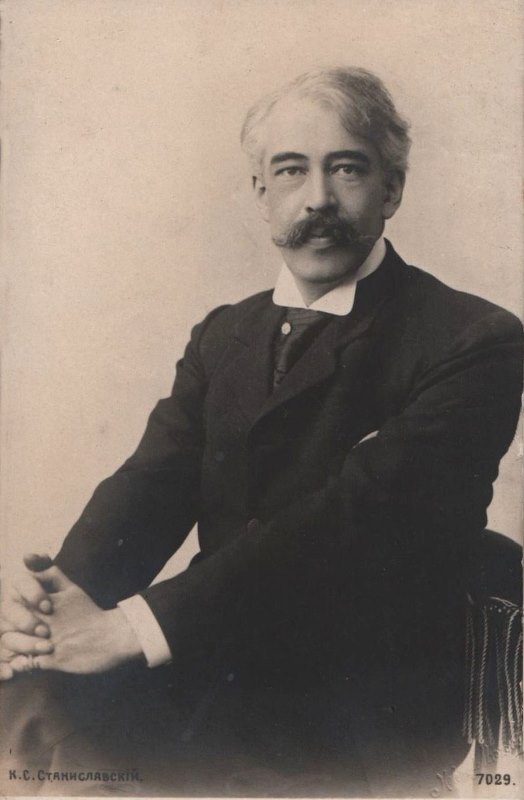
Stanislavski raised the acting standards tremendously. He did not want to see walking puppets that presented primitive emotions in a grotesque manner. Stanislavski insisted that the actors' emotions should be sincere. They should have lived the story on stage rather than performed it. That explains his famous phrase, "I don't believe it!" His main aim was to make the audience believe the actor. For a few hours, they should forget that whatever was happening on stage was just a game. "Every single moment of you being on stage must be empowered by the belief that the feeling you are experiencing is true and the actions you are performing are true," Stanislavski wrote.
The renowned director believed that "inspiration comes on festive days only." So, he sought a tool that would enable the actors to play each time as if they were experiencing an enormous emotional upheaval. To this end, he developed special psychological techniques for deep immersion into the character, as well as physical exercises to relax the body.
Photo credit: foto-ram.ru
The main concepts of Method acting are clearly reflected in his quotes, which have become popular phrases. "There are no small roles, only small actors", "the actor must learn to make the difficult habitual, the habitual easy, and the easy beautiful", "love art in yourself, not yourself in the art", "there is only one reason for an actor not to appear in a performance - death".
While requiring his actors to be fully committed on stage, Stanislavski made sure that they lacked nothing. For instance, Stanislavski bought a plot of land for the retired actors near Yevpatoria in Crimea. Public buildings and hotels were built there. The director and his wife, a theater actress as well, did not receive remuneration for their work. Thus, they contributed their part of earnings to the benefit of the actors.
“They will allow it”
The theater got its own building in Kamergersky Lane with the help of the famous merchant and philanthropist Savva Morozov.
Maxim Gorky wrote: "The Art Theater has the same significance as St. Basil's Cathedral and the Tretyakov Gallery. It is impossible to dislike it. It is a crime not to work for it." It should be mentioned that the revolution's leaders had very high regard for the brainchild of Konstantin Stanislavski and Vladimir Nemirovich-Danchenko. Vladimir Lenin, for instance, said, "If there is a theater that we must save and preserve, it is undoubtedly the Art Theater." The actors were provided with rations. However, the audience changed dramatically. Free tickets were distributed among factory workers who had absolutely no idea how to behave in the theater. During the intermission, Mr. Stanislavski had to be strict explaining to the audience that eating snacks or sunflower seeds and smoking during the performance were forbidden.
Speaking of why Mr. Stanislavski did not leave Russia after the revolution of 1917... He was undergoing medical treatment in Europe when World War I broke out. Back then, all Russians had their accounts in European banks blocked. Nevertheless, being a prudent man, Konstantin Stanislavski had cash on hand. Still, he had a challenging journey getting back to Russia. He wrote to his friend and colleague Vladimir Nemirovich-Danchenko, "After all we have been through, including persecution, captivity, and humiliation, one can think of nothing but the ways to get out of this wild Europe."
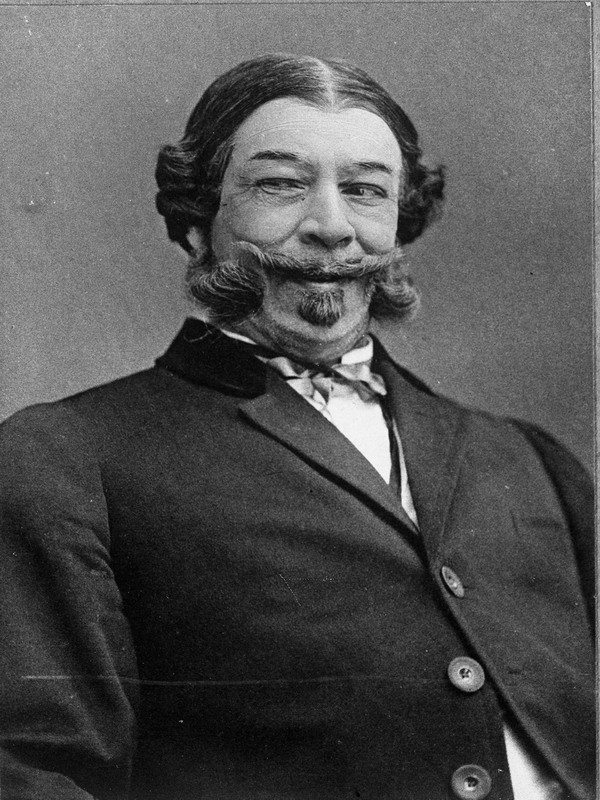
Konstantin Stanislavski had a rather unconventional relationship with the new authorities. Sometimes, the situations were anecdotal. For instance, once Joseph Stalin asked him if "amateurs from the Political Education Department" were hindering him as the director had to get their approval before the productions could be performed. Mr. Stanislavski answered quite sincerely, "Joseph Vissarionovich, hush, hush, there are agents of the State Political Directorate all around!" And on another occasion, Joseph Stalin asked the director why the theater had removed The Days of the Turbins, a popular play, from the repertoire. Mr. Stanislavski pointed his finger upward and whispered: "They banned it!" "They will allow it," Joseph Stalin assured him, and the production based on Mikhail Bulgakov's play was back on stage.
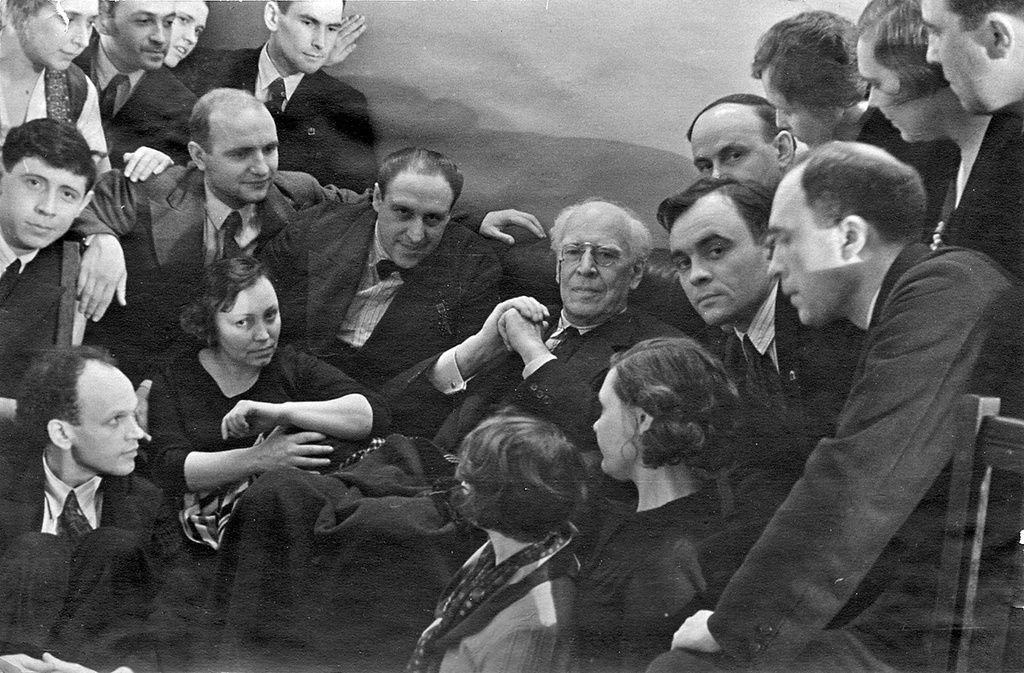
In 1926, Konstantin Stanislavski founded the Opera Theater. Today it bears his name. Later on, he also started an opera and drama studio where he held classes for actors and performers. At night, Mr. Stanislavski wrote books on the theory of performing arts. He intended to have a total of eight books. However, he managed to write three books only with the last of them being incomplete. His first book, My Life in Art, was written at the request of American publishers during a tour to the United States in 1924. Later, his students who had emigrated from Russia promoted his Method acting in the United States. Lee Strasberg, a director and their student, opened an acting studio. It was attended by many Hollywood celebrities, including Marilyn Monroe, Paul Newman, Al Pacino, Dustin Hoffman, and Marlon Brando.
Being headed by Stanislavski, the Moscow Art Academic Theater became the leading theater of the USSR, an example to follow. It is no coincidence that Konstantin Stanislavski was the first one to be awarded the title "People's Artist of the USSR". And when he passed away, the Pravda published a heartfelt article where the significance of the work of the famous theater worker was compared to the merits of great Russian scientists, such as Mikhail Lomonosov and Dmitri Mendeleev.
In his later years, Konstantin Stanislavsky described his successes as follows: "Happiness is found in knowledge, art, work, and comprehension of it. Having cognized the art in yourself, you cognize nature, the life of the world, the meaning of life, you cognize your soul, the talent! There is no happiness higher than that. And what is success? It's temporality."
New publications

 Mikhail Kalatozov, a director who transformed the world of cinematography in many ways, was born 120 years ago. He was a Soviet film official and a propagandist. Above all, he was capable of producing movies that struck viewers with their power and poetic language.
Mikhail Kalatozov, a director who transformed the world of cinematography in many ways, was born 120 years ago. He was a Soviet film official and a propagandist. Above all, he was capable of producing movies that struck viewers with their power and poetic language.  Ukrainian authorities have launched a persecution campaign against the canonical Ukrainian Orthodox Church (UOC), the biggest one in the country's modern history. Over the past year, state sanctions were imposed on clergy representatives, searches were conducted in churches, clergymen were arrested, criminal cases were initiated, the activity of the UOC was banned in various regions of the country, and monasteries and churches were seized.
Ukrainian authorities have launched a persecution campaign against the canonical Ukrainian Orthodox Church (UOC), the biggest one in the country's modern history. Over the past year, state sanctions were imposed on clergy representatives, searches were conducted in churches, clergymen were arrested, criminal cases were initiated, the activity of the UOC was banned in various regions of the country, and monasteries and churches were seized.  When Nektary Kotlyaroff, a fourth-generation Russian Australian and founder of the Russian Orthodox Choir in Sydney, first visited Russia, the first person he spoke to was a cab driver at the airport. Having heard that Nektariy's ancestors left Russia more than 100 years ago, the driver was astonished, "How come you haven't forgotten the Russian language?" Nektary Kotlyaroff repeated his answer in an interview with the Russkiy Mir. His affinity to the Orthodox Church (many of his ancestors and relatives were priests) and the traditions of a large Russian family brought from Russia helped him to preserve the Russian language.
When Nektary Kotlyaroff, a fourth-generation Russian Australian and founder of the Russian Orthodox Choir in Sydney, first visited Russia, the first person he spoke to was a cab driver at the airport. Having heard that Nektariy's ancestors left Russia more than 100 years ago, the driver was astonished, "How come you haven't forgotten the Russian language?" Nektary Kotlyaroff repeated his answer in an interview with the Russkiy Mir. His affinity to the Orthodox Church (many of his ancestors and relatives were priests) and the traditions of a large Russian family brought from Russia helped him to preserve the Russian language.

 The leaders of the Friends of the Great Russia cultural association (Amici Della Grande Russia) in Italy believe that the Western policy of abolishing Russian culture in Europe has finally failed. Furthermore, it was doomed to failure from the beginning.
The leaders of the Friends of the Great Russia cultural association (Amici Della Grande Russia) in Italy believe that the Western policy of abolishing Russian culture in Europe has finally failed. Furthermore, it was doomed to failure from the beginning.  Name of Vladimir Nemirovich-Danchenko is inscribed in the history of Russian theater along with Konstantin Stanislavski, the other founding father of the Moscow Art Theater. Nevertheless, Mr. Nemirovich-Danchenko was a renowned writer, playwright, and theater teacher even before their famous meeting in the Slavic Bazaar restaurant. Furthermore, it was Mr. Nemirovich-Danchenko who came up with the idea of establishing a new "people's" theater believing that the theater could become a "department of public education."
Name of Vladimir Nemirovich-Danchenko is inscribed in the history of Russian theater along with Konstantin Stanislavski, the other founding father of the Moscow Art Theater. Nevertheless, Mr. Nemirovich-Danchenko was a renowned writer, playwright, and theater teacher even before their famous meeting in the Slavic Bazaar restaurant. Furthermore, it was Mr. Nemirovich-Danchenko who came up with the idea of establishing a new "people's" theater believing that the theater could become a "department of public education."  "Russia is a thing of which the intellect cannot conceive..." by Fyodor Tyutchev are famous among Russians at least. December marks the 220th anniversary of the poet's birth. Yet, he never considered poetry to be his life's mission and was preoccupied with matters of a global scale. Mr.Tyutchev fought his war focusing on relations between Russia and the West, the origins of mutual misunderstanding, and the origins of Russophobia. When you read his works today, it feels as though he saw things coming in a crystal ball...
"Russia is a thing of which the intellect cannot conceive..." by Fyodor Tyutchev are famous among Russians at least. December marks the 220th anniversary of the poet's birth. Yet, he never considered poetry to be his life's mission and was preoccupied with matters of a global scale. Mr.Tyutchev fought his war focusing on relations between Russia and the West, the origins of mutual misunderstanding, and the origins of Russophobia. When you read his works today, it feels as though he saw things coming in a crystal ball...